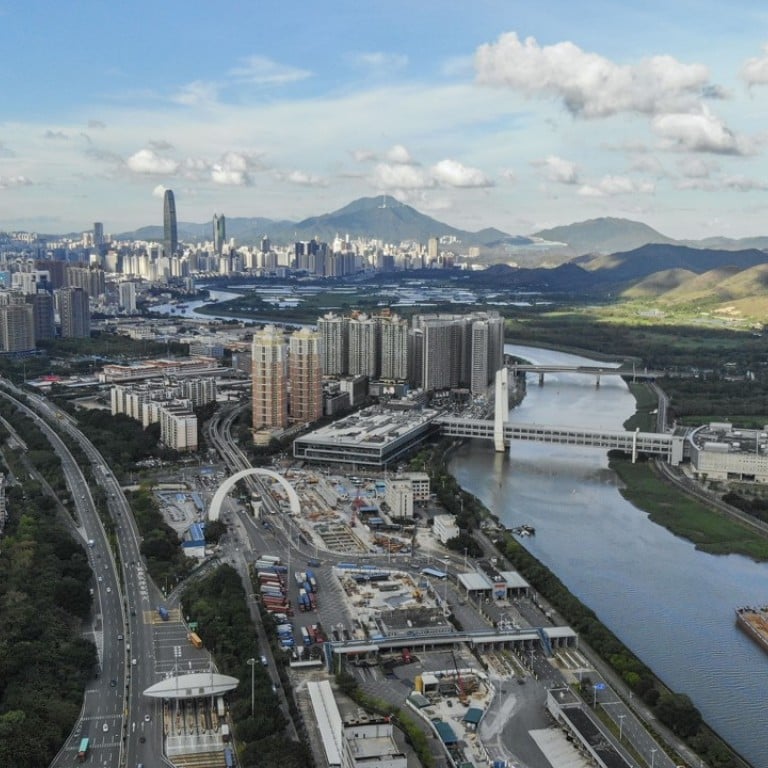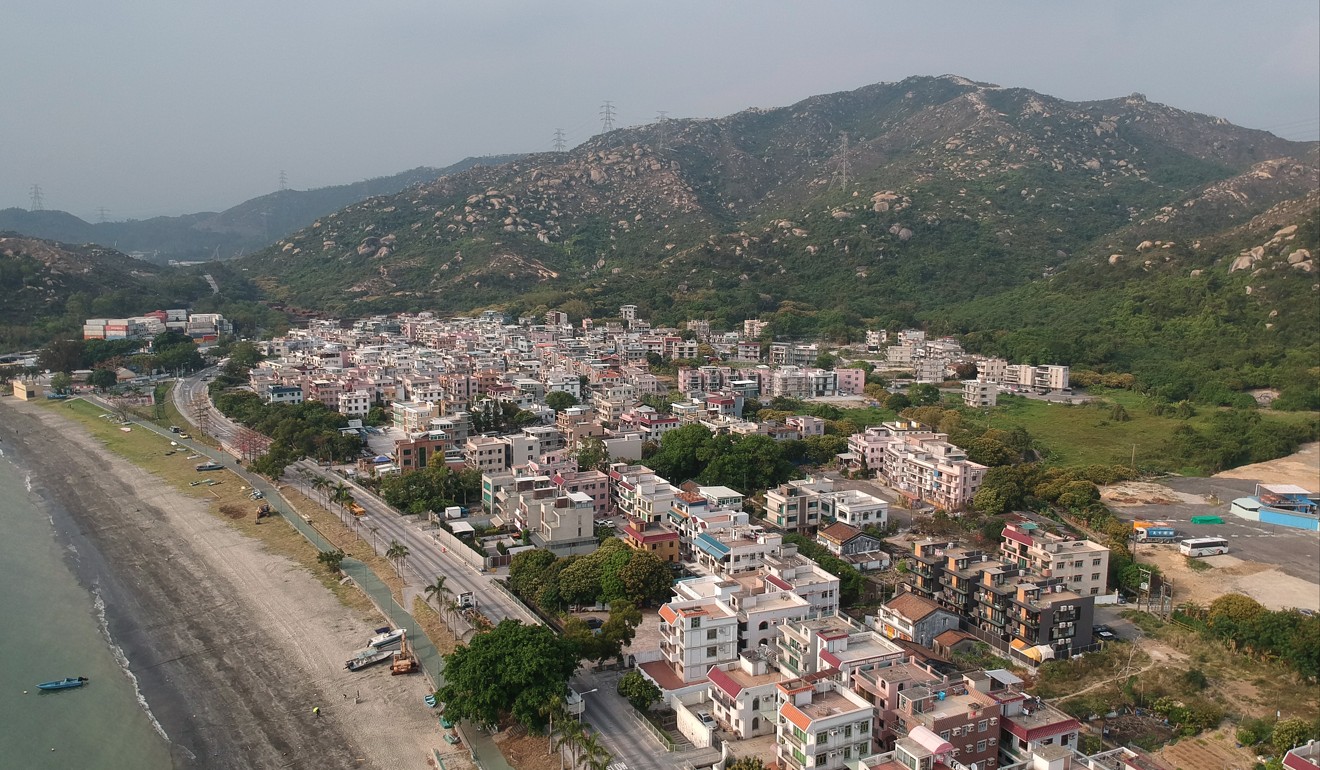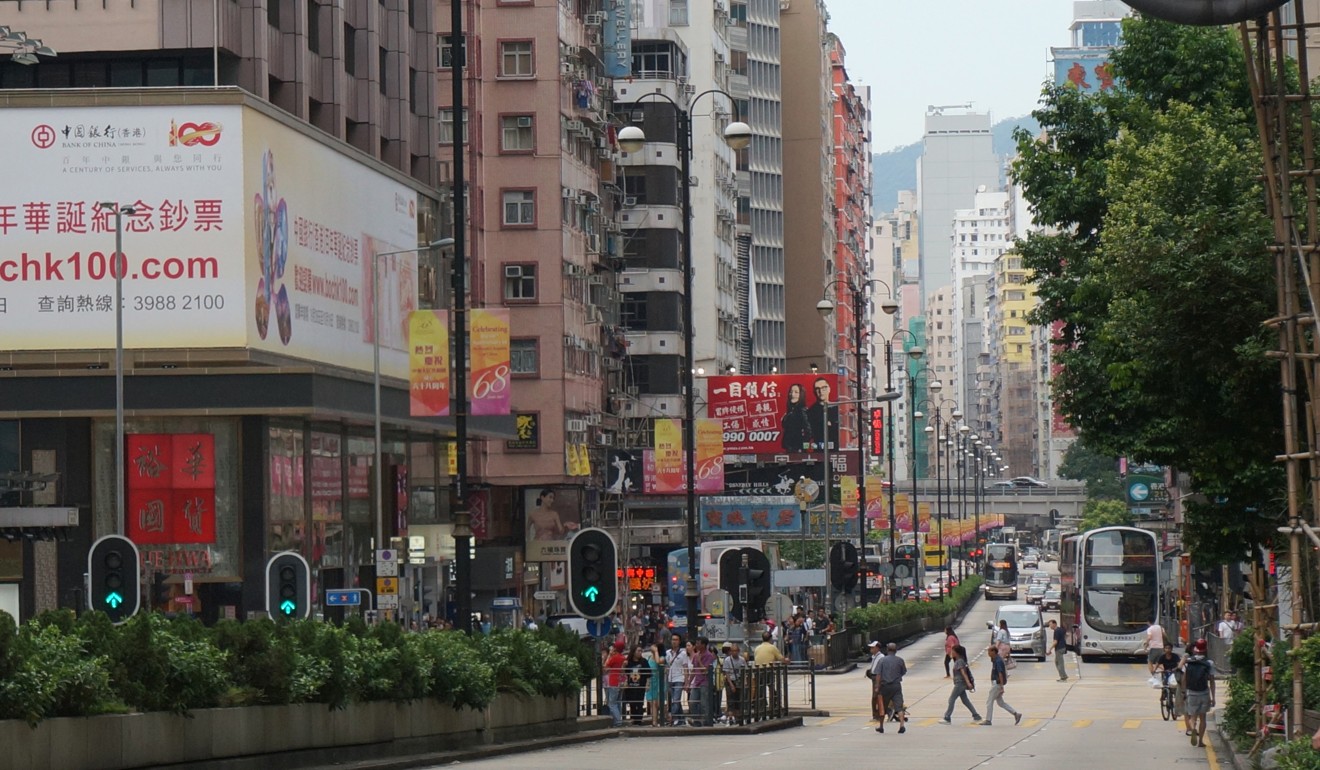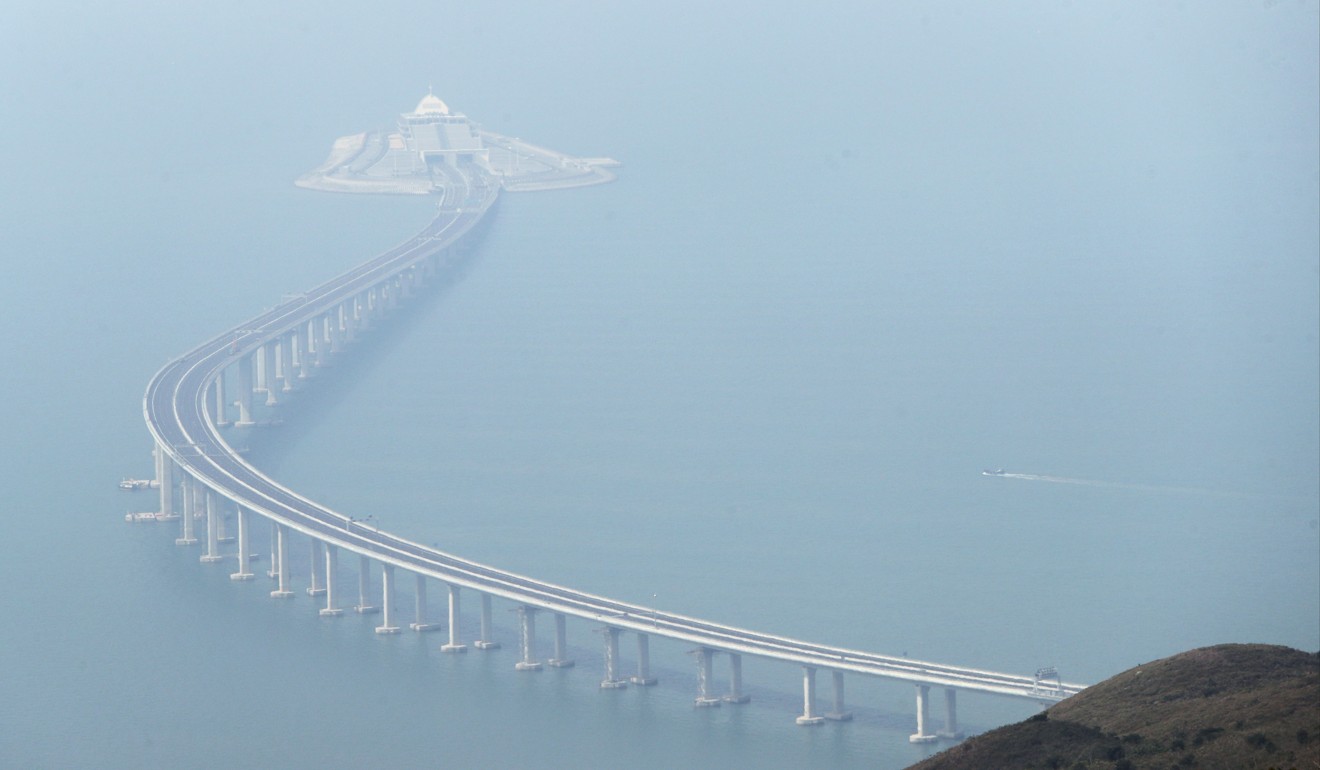
The upcoming districts that will define Hong Kong’ future as a business, knowledge and cultural hub
Tuen Mun, Yau Tsim Mong and Lok Ma Chau are developing into strategic intersections with mainland China
Beyond the hustle and bustle of Hong Kong’s core business districts are several areas quietly growing and becoming of greater importance – not only for the city but the region and China’s “Greater Bay Area” initiative.
The districts of Tuen Mun, Yau Tsim Mong and Lok Ma Chau are developing into strategic intersections with the mainland that will increasingly benefit Hong Kong. These are places where transport and logistics connections are being advanced, and business, technology and cultural linkages are being nurtured to reveal future opportunities.
Tuen Mun is a bridgehead
Tuen Mun will greatly benefit from the Greater Bay Area initiative and is set to become a critical gateway for the flow of people, goods, technology and expertise to and from China. Its value as a critical bridgehead is highlighted by the fact that it is not only an attractive place for Hongkongers to live, but has similar appeal for mainland residents pursuing careers or businesses on both sides of the border.
Tuen Mun’s strategic value is further evidenced by the interlinking role the district will play in the coming years. Within four years, the completion of the Tuen Mun to Chek Lap Kok link will provide the most direct route between the northwestern New Territories, Hong Kong International Airport and the Hong Kong- Zhuhai -Macau bridge.

Additionally, future plans to build a western bypass linking Tuen Mun directly with the Shenzhen Western Highway places the district at the apex of a new “golden triangle” of visitor flows to and from Hong Kong, Shenzhen, Macau and Zhuhai.
The rise of Yau Tsim Mong
Yau Tsim Mong will see several new changes. The development of three major new office towers, with a total gross floor area of 3.16 million sq ft, above the West Kowloon Terminus will result in a significant expansion of the existing West Kowloon office hub. Together with the commissioning of the Express Rail Link in mid-2018 and phased completion of the West Kowloon Cultural District, these projects will set off sufficiently strong reverberations that will transform the entire district.
Yau Tsim Mong will witness an increase in white-collar daytime workers, and tourist and business visitors from mainland China and elsewhere; as well as growth in employment stemming from the expansion of the West Kowloon business district, the cultural and arts venues within the cultural district, and its associated hospitality, retail and commercial facilities. All these will inevitably lead to the repositioning of surrounding areas at an accelerated pace.

The increase in the number of workers and travellers coming to the cultural district will stimulate the demand for hospitality accommodation, leased apartments and lifestyle services in the area, all of which are generally undersupplied at the moment.
Lok Ma Chau Loop – the dragon head of a knowledge corridor
The Lok Ma Chau Loop represents another bridgehead, one based on a breakthrough in border cooperation, as the 2017 memorandum signed to establish the science park proclaimed.
The loop will stand at the northern end of the “Eastern Knowledge and Technology Corridor”, a network comprising universities, industrial and service support centres and hi-tech and knowledge-based science parks extending from the Shenzhen border through to Sha Tin and the Kowloon East business district.
Given the loop’s political importance and function as a critical centrepiece, the Hong Kong government has pledged HK$20 million US$2.54 million), or 40 per cent of its 2018 science and technology budget, towards the project’s construction.
The development of the loop will take time. The site lacks proper infrastructure – roads, sewerage and power – and toxic mud on the former river bed needs to be excavated and disposed off. Once these problems are solved, the loop will emerge as more than just a new science park, but rather as an iconic powerhouse on the Hong Kong-Shenzhen border that will mark a symbolic reorientation of the city’s relationship with mainland China.

Hong Kong’s shifting dynamics
All these changes and initiatives should be viewed as a proactive approach by Hong Kong to maintain its competitiveness and relevance in the region. They will improve the relationship Hong Kong has with mainland China and its ability to leverage the Greater Bay Area.
Still, there is so much happening that people do not realise, and it is only when one starts scratching the surface that several real estate opportunities can be uncovered across the territory. With all this, Hong Kong is in a unique position to strengthen itself as a business, knowledge and cultural hub, giving itself a vast competitive advantage in the region.
Nigel Smith is the managing director of Colliers International Hong Kong

